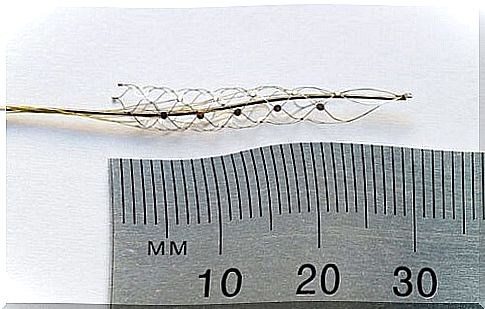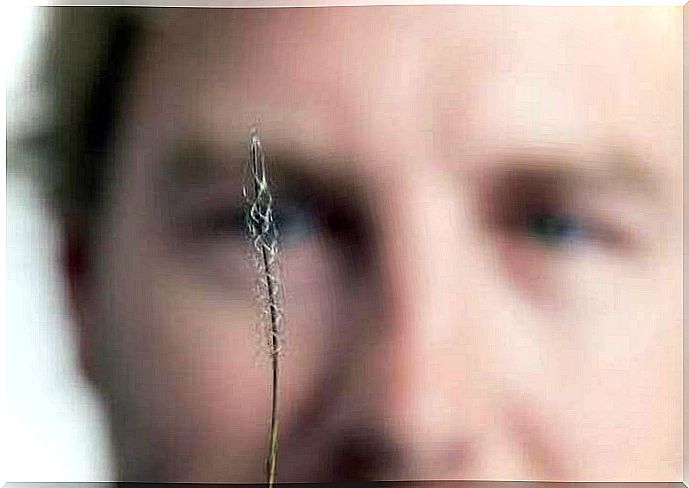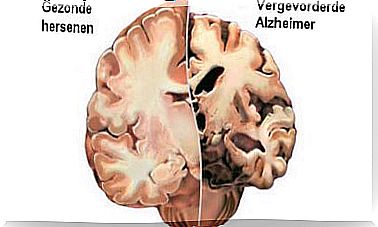‘Bionic Spine’: Walking Again With Paralysis

In recent decades, technology and medicine have advanced a lot. So much so that treatments and solutions are being developed for pathologies previously thought to be incurable. The bionic backbone is an example of this.
Thanks to these significant advances in the world of science, many sick people have been able to improve their quality of life and life expectancy.
Despite the assumption that certain diseases are incurable, these discoveries have given new hope to the people who suffer from these diseases. Many treatments today are much more effective than before.
A recent example of this involves a group of researchers from Australia who developed a tiny device, just over two centimeters in length. It could help people who are paralyzed or have a prosthesis to walk again.
Also called the ‘bionic spine’, this device is implanted in the blood vessels on the side of the brain to restore mobility in spinal cord injury patients by using their subconscious mind.
The bionic backbone: a promising technology

The researchers who created this interesting device work at the Royal Melbourne Hospital, the University of Melbourne and the Florey Institute of Neuroscience and Mental Health.
The idea behind this device is to find a new way to connect thoughts with bodily movements, instead of using the ways that are already damaged.
This means that a person who has this device implanted in their brain can move again using their subconscious mind. This means that he does not have to make a conscious effort to complete the act. This allows him to move freely as he pleases, just like everyone else.
The bionic spine is implanted by making a small cut in the neck to insert the device into the blood vessels through a catheter.
Once placed in the blood vessels, the device transports it to the motor cortex of the brain. This is the part of the brain responsible for generating nerve impulses that control the voluntary movement of muscles.
After the catheter is removed, the electrodes on the bionic spine adhere to the walls of a vein. They then start sending signals to the motor cortex.
These signals are broadcast to another device. It is implanted in the patient’s shoulder. They eventually end up with the bionic prosthesis, which uses Bluetooth technology.
This result will not be achieved immediately, but researchers assure that practice and conscious thought will gradually allow the patient to slowly control his movements with his subconscious mind.
Tried on humans for the first time
Until recently, the device had only been tried in sheep, but testing in humans started in early 2017.
The Austin Health Spinal Cord Unit selected the three patients to participate in this pilot study. The operations were performed at the Melbourne Royal Hospital in Victoria, Australia.
For the initial stages, patients are selected who are paralyzed in the lower limbs. First, one analyzes how these patients respond to the treatment.
According to Terry O’brien, head of the hospital’s neurology department, this new development is the “holy grail” of bionic technology research. At the same time, Dr. Nicholas Opie, lead researcher and biomedical engineer at the University of Melbourne, that this is a simple, yet comprehensive procedure.
After surgery, it will be especially complicated for patients to learn how to move their bionic limbs naturally by using their subconscious mind.
This solution is not intended to repair the damaged pathways in the brain. Rather, it is intended to use alternative routes to send signals to the corresponding limbs.
“What we do is implant a transmitter. It can send out the signals needed to move the limbs by bridging the damaged part of the brain,” explains the doctor.
Also options for other conditions
This is not the first technology that has been developed to improve the mobility of people with paralysis. However, the team responsible for this development assures that this is the biggest breakthrough to date. Z owel in terms of results and in terms of size.
Are the reactions during the human trials positive? Then the treatment will probably also be used in people who suffer from, among other things:
- epilepsy
- Parkinson
- obsessive-compulsive disorder
This technology was described in Nature Biotechnology.









